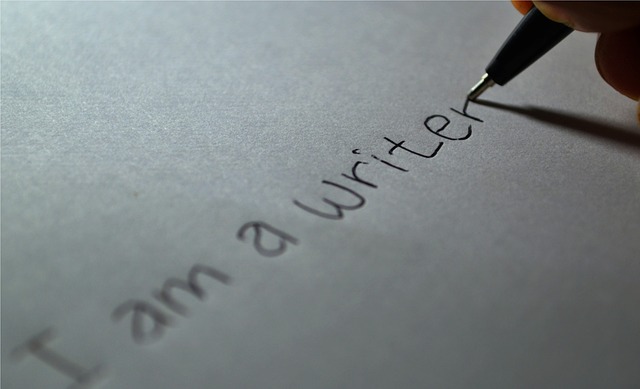 I love, love, love listening to authors talk about their
I love, love, love listening to authors talk about their babies books, and debut authors perhaps have just an extra smidgen of excitement that I find simply contagious.
How did they do it, what was their inspiration, what drew them to their subject? As a fiction writer myself, I’m drawn to hearing about their journey.
Debut Authors on Podcast
I’m also become a big fan of podcasts and listen to them at home and in the car. I’ve written before about Penguin Random House’s The Life of a Book on their podcast series, Beaks and Geeks, and I’m delighted that Beaks and Geeks is ending the year with fascinating interviews with a variety of debut authors, who share insights into their work and give us a look into their lives, both inside and outside of writing.
I’ve listened to all of these, and my interest has certainly been piqued. Definitely adding all of these to my To Be Read list, and I am happy to share them with you today.
Enjoy listening, and Happy Holidays!
Francesca Hornak, Seven Days of Us
Hornak discusses her witty and charming novel about a deadly disease, complicated family, and a forced Christmastime quarantine. The interview covers such things as creaky family estates, awkward moments, and gruesome diseases. 
Brit Bennett, The Mothers
Bennett’s 2016 debut novel, now out in paperback, is about motherhood, friendship, and life choices. In this interview, she talks about the power of gossip, politics of her novel, what her readers have told her about her book. AND … her book is being adapted into a movie, and she is writing the screenplay and executive producing. Congrats, Brit!

Diksha Basu, The Windfall
Author and actor Basu shares her insights about class, culture, wealth, and love in modern India—topics central to her debut novel.

Chiara Barzini, Things That Happened Before the Earthquake
Barzini moved from Italy to California as a teenager, and shares how this influenced her debut novel, a coming of age story set in Los Angeles in the nineties during the race riot and earthquake.

Camille Bordas, How to Behave in a Crowd
Bordas’ debut English novel is told through the eyes of an eleven-year-old boy, the youngest of six siblings, who struggles to fit in with his quirky family of academics. Bordas talks about the loneliness of academia, her characters, and her writing process.


 We love our authors, and today because it is National Authors Day they get an extra shout out. Are there authors who have changed your life through their beautiful words? There are for me, too many to count.
We love our authors, and today because it is National Authors Day they get an extra shout out. Are there authors who have changed your life through their beautiful words? There are for me, too many to count.










